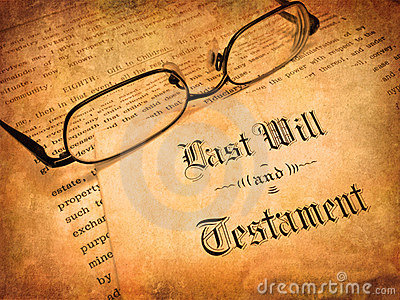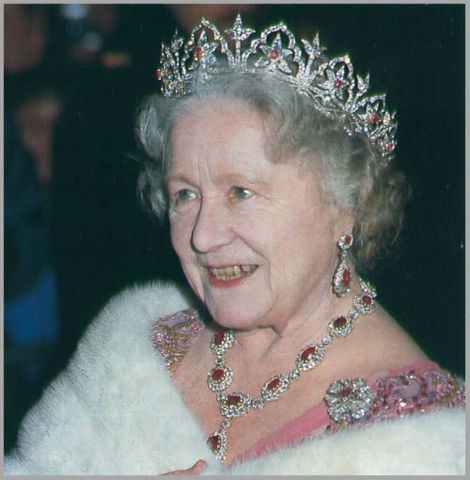by Scott Mehl © Unofficial Royalty 2017

photo: clipartfest.com
- Read more about what happens When the British Monarch Dies.
While wills are typically public records, those of members of the royal family are traditionally sealed. This goes back to the death of Queen Mary’s younger brother, Prince Francis of Teck, in October 1910. (One very notable exception is the will of Diana, Princess of Wales, which was made public after her death in 1997. You can read her will here.)
Born in 1870, Prince Francis was the third of four children of Francis, Duke of Teck, and Princess Mary Adelaide of Cambridge. In addition to being a career military officer, Frank – as he was known – was also known for his love of gambling and women. He never married but had a long affair with The Countess of Kilmorey (née Ellen Constance Baldock), a former mistress of King Edward VII.
When Francis died suddenly of pneumonia in 1910, he left a large collection of emeralds to The Countess of Kilmorey in his will. These emeralds, known as the Cambridge Emeralds, had a very interesting history. Years earlier, Francis’s grandmother, The Duchess of Cambridge (née Princess Augusta of Hesse-Kassel), had won a box of emeralds in a charity lottery during a visit to Frankfort. Believed to be between 30-40 cabochon emeralds, they passed to Francis’s mother in 1889, and upon her death in 1897, they passed to Francis.
Mary – who had become Queen several months before Francis’s death, and was due to be crowned several months later – was mortified that the jewels would be passing out of the family, and to a mistress no less! She quickly set out to get the emeralds back and ended up purchasing them from The Countess for £10,000. Queen Mary was also very aware that the details of the will, and Francis’s affair, would cause a public scandal and could potentially tarnish the monarchy, so she successfully petitioned The High Court to have her brother’s will sealed. (Queen Mary later used the emeralds in creating some of the jewelry for the Delhi Durbar in 1911. To read more about the emeralds and the jewelry that was created, check out this great article from our friends at From Her Majesty’s Jewel Vault — CLICK HERE!)
Even though the wills are sealed, there are several clear traditions for how some assets are passed from one generation to the next. By tradition, Balmoral Castle and Sandringham House – both of which are personal property – pass from monarch to monarch. For the most part, this has been a smooth transition. However, when King Edward VIII abdicated in 1936, the properties remained his personal property, and the new King George VI was forced to purchase them from his elder brother.

The Queen Mother wearing the Oriental Circlet and crown rubies
A similar tradition applies to some of the more important pieces of jewelry. When Queen Victoria died in 1901, she designated several items as jewels of the Crown – meaning that they pass automatically from monarch to monarch. Some of these include the Coronation necklace and earrings, the Oriental Circlet, and Queen Victoria’s ruby necklace and earrings.
We must remember that many of the monarch’s assets are technically not his or hers to give away, but are instead simply held by the monarch in trust for the nation. These include the royal palaces, the Crown Jewels, and much of the Royal Collection. These belong to the Sovereign, although not to the individual who holds the title.
As for personal property, the majority is usually left to the new monarch. A 1993 agreement with the government allows for bequests from monarch to monarch (or consort to monarch) to be free from inheritance tax. This arrangement avoids the need to sell assets in order to pay the nearly 40% inheritance tax when a monarch or consort dies. Sadly, many other royals have been forced to sell jewels and other assets in order to pay the tax bill, and historic pieces have left the family.
This article is the intellectual property of Unofficial Royalty and is NOT TO BE COPIED, EDITED, OR POSTED IN ANY FORM ON ANOTHER WEBSITE under any circumstances. It is permissible to use a link that directs to Unofficial Royalty.
